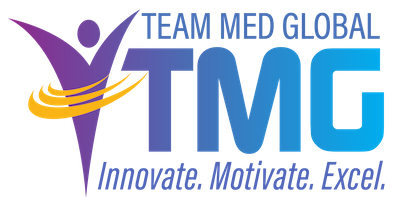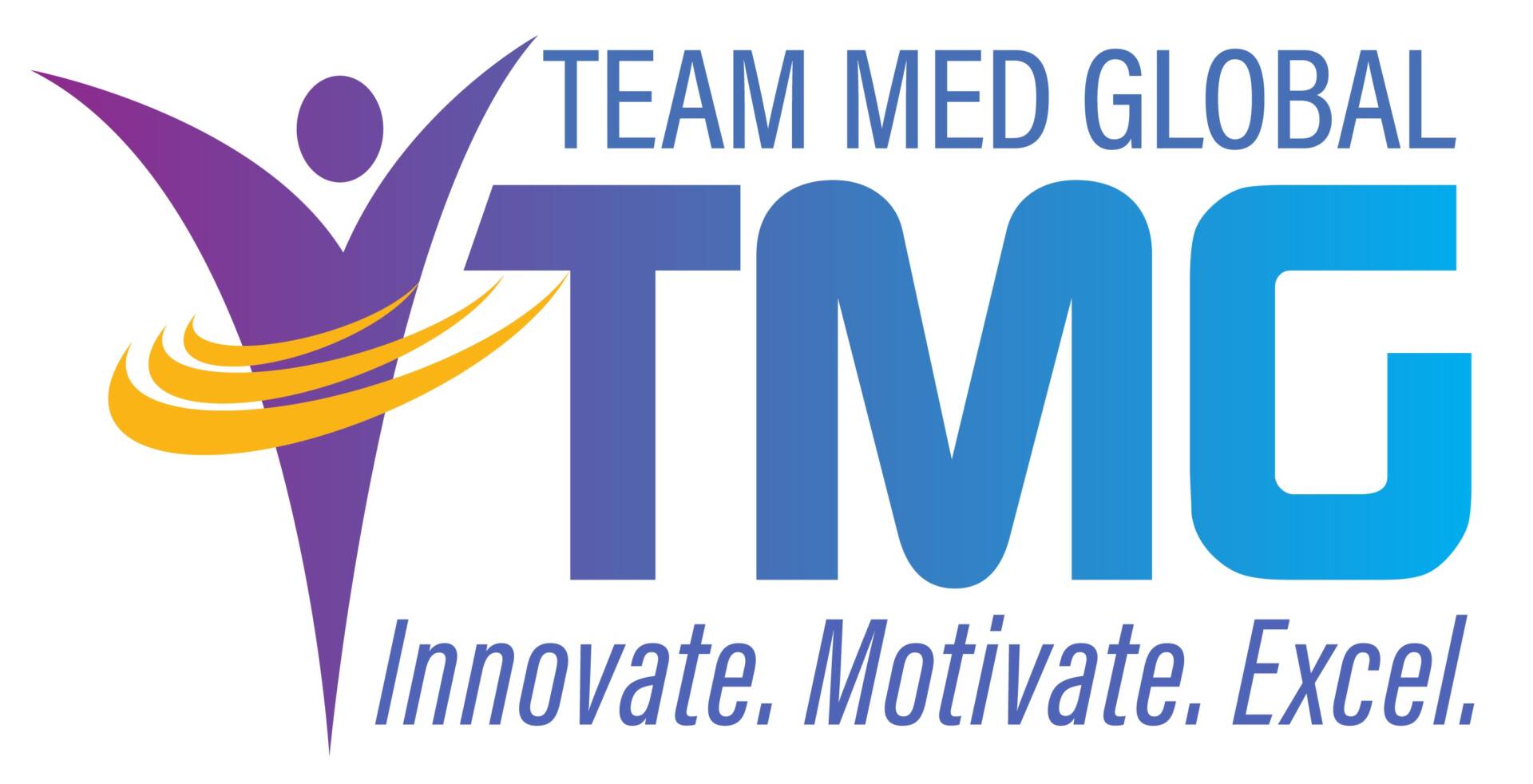 Living and working through the COVID-19 pandemic left many of us wondering how we managed to succeed in keeping the wheels of the MSD department rolling. New daily information about the virus led to a growing understanding of its implications for our work environments and led to developing new work strategies.
Living and working through the COVID-19 pandemic left many of us wondering how we managed to succeed in keeping the wheels of the MSD department rolling. New daily information about the virus led to a growing understanding of its implications for our work environments and led to developing new work strategies.
Leading teams, departments, and facilities in this environment was difficult, and at times frightening, hierarchical, and heuristic. At best, leaders had the luxury of observing trends, weighing them against experts’ recommendations, and providing thoughtful implementation of strategies. At the opposite end of the spectrum, leaders responded to extreme circumstances, implementing disaster plans, requesting assistance, and at times pleading for help.
Our colleagues working in downstate New York, Arizona, and California can relate to the frightening surges the pandemic created. How did they keep going? They held fast to the belief that their leadership offered the best solutions with honest evaluations, and they trusted leadership to make the right choices despite their personal struggles with the pandemic.
One might argue that our colleagues witnessed their executive leadership operating from fear. This author would argue that, more often than not, we witnessed leaders moving quickly and deliberately, with strategies based on regional and national agency’s reports.
Decision-Making Influenced by Fear
In Joseph Pierre’s article,” How Does Fear Influence Risk Assessment and Decision-Making?” he asserts that decisions are influenced by both cognitive and emotional filters. (Pierre, 2020) Cognitive decisions are made through working through the facts, assessing the environment, and building a plan to achieve the desired outcomes. Conversely, emotional decisions are quick, instinctually driven, and reflexive in nature. Think of jumping out of the way of a speeding car. Are you going to stop and weigh the options (cognition) or are you going to take advantage of millions of years of survival and get the heck out of the way (emotional)? (Pierre, 2020)
Each of the filter methods are valid and each has its proper place. The reflective question becomes: How does one determine on which filter to rely and give precedence, facing a clearly fearful scenario such as leading a healthcare facility through its biggest public health challenge of the last 100 years?
We have all experienced being afraid. Fear is a natural and base human emotion that allows us to survive dangers in our environment (Nunez, 2020) while giving us experience to manage future threatening situations. There are three typical responses to fear: Flight, fight, or freeze.
Fear-based decisions affect us in the workplace when we set superlative goals, diligently plan, and then respond to immediate urgent projects and waylay the important projects. Fear-based decisions kick in when we spend time worrying about what others think or struggle to put ourselves back together from a huge flop.
The good news is that we’re not alone, Craig Boneau reviews signs that fear may be at play when one seems stuck with indecision. In his article, he lists five telltale signs of fear immobilization.
Procrastination: Fear stops your ability to start. Once you have started a project, you are committed to bringing it to fruition.
Unrealistic goal-setting: “You create your ‘big-hairy goal’ and then wait for the magic to happen.” (Boneau, 2015) The impossibility of actualizing the goal keeps one stuck.
Unexpected yet important “emergencies” wayside planned work: By not managing your time wisely, emergencies eat at the planned project time, causing ongoing delays in the important project and unmet expectations.
Letting other people’s opinions get in your way: Soliciting opinions from those you respect is important when making decisions. However, the key is to stick with the respected people, or the people signing your paycheck. Realize there will always be those happy to criticize your work and actions. Remember, it is easier to criticize others than to offer solutions or spend that energy in self-development.
Inability to fail and try again: Resilience is key. Outcomes may not be planned, but neither was penicillin or electricity. Brush off the dust and get back to work. (Boneau, 2015)
Identifying internal struggles that impinge on success is important. Setting your intention to succeed is an intrinsic decision. Remember, bad decisions made with good intentions are still bad decisions. You might have great intentions and yet walk away conflicted or with a hurt ego.
Reframing Decision-Making
Kristina Snow’s article, ”Let’s Be Clear: There’s a Tool for Decision-making that Can Change Your Life,” outlines four types of decisions. She asserts that understanding these types of decisions and knowing your role in the process will help you nimbly discern and reduce conflicts that arise from the decision-making process. (Snow, 2019)
- Snow defines these four types of decisions:
- Autonomous: Decision is made alone.
- Consultative: Others weigh in and are involved in the process, but the final decision-maker is still the leader.
- Joint: Leaders share the problem and decision by consensus. The group decision is supported.
- Delegative: Leaders give the decision power to a group, though often with parameters. (Snow, 2019).
Spend time reflecting on the historic decision-making processes in your organization. While old habits die hard, be aware that the current environment is different. Management styles may suddenly seem fluid, resulting in unexpected group projects and staffing plans.
You will save time and energy by sifting the initial information, historic processes used to make decisions, and instituting discerning observations. By expertly determining your role, you will give your team and executive leadership the peace of mind that you can manage a project in a cognitively-driven fashion.
Reflecting on the scenario in which we collectively faced unprecedented worldwide disaster, think about the tools you can bring to the table to help in the decision-making process. Consider your role in the process. Finally, determine what you can offer to ensure egos are in check and the desired outcomes remain the focus.
Snow offers a process to help facilitate roles and move the process along, hopefully without increasing conflicts and hurt egos. She introduces roles through the acronym RAPID. (Snow, 2019)
Recommend: People gather to analyze and create recommendations. Think of experts who can provide knowledge to inform the decision-makers.
Agree: Participants in the decision-making process can veto the recommendations. The process of collaboration and consensus builds participants’ buy-in for implementing the decision.
Perform: The people who carry out the decisions once it is made are like foot soldiers, trained to follow orders without knowledge of the full scope of the plan.
Input: People who are consulted for information but have no veto power. This is similar to recommend, but this can be task or data input rather than analysis.
Decide: The person/people with the final authority to decide.
During the COVID pandemic, people’s roles were often in flux. You may have thought you observed the executive leadership teetering between recommend/input and perform/decide. This can look like fear, waffling, or procrastination. This author believes the leadership team was absorbing daily CDC bulletins and making the best decisions possible. The stakes were high, and the data seemingly changed day-to-day. Leadership reviewed, planned, and implemented the best strategies possible, not through heuristic filters, but through well-informed, thoughtful implementations.
References
Boneau, Craig. 5 Fear-Based Decisions that Limit Our Potential. Tiny buddha simple wisdom for complex lives. Blog
https://tinybuddha.com/blog/5-fear-based-decisions-that-limit-our-potential/
Mazzucco, Chiara. How To Atop Making Decisions Out of Fear. Bold Self. Blog.
https://boldself.com/how-to-stop-making-decisions-out-of-fear/
Nunez, Kristen. Fight, Flight, Freeze: What This Response Means. healthline February 21, 2020
https://holdsworthcenter.org/blog/tool-for-decision-making-that-can-change-your-life/
Pierre, Joe, MD. How Does Fear Influence Risk Assessment and Decision-Making? Overestimating threats and the effectiveness of interventions. Psych Unseen. Psychology today. 2020
https://www.psychologytoday.com/us/blog/psych-unseen/202007/how-does-fear-influence-risk-assessment-and-decision-making
Snow, Kristina. Let’s Be Clear: There’s a tool for decision-making that can change your life. Leadership Development, Round Rock ISD. Blog. February 8, 2019.
https://holdsworthcenter.org/blog/tool-for-decision-making-that-can-change-your-life/
Sontheimer, Tessa. Avoiding fear based decisions. Penn State Presidential Leadership Academy Blog. April 8, 2018
https://sites.psu.edu/academy/2018/04/08/avoiding-fear-based-decisions/

